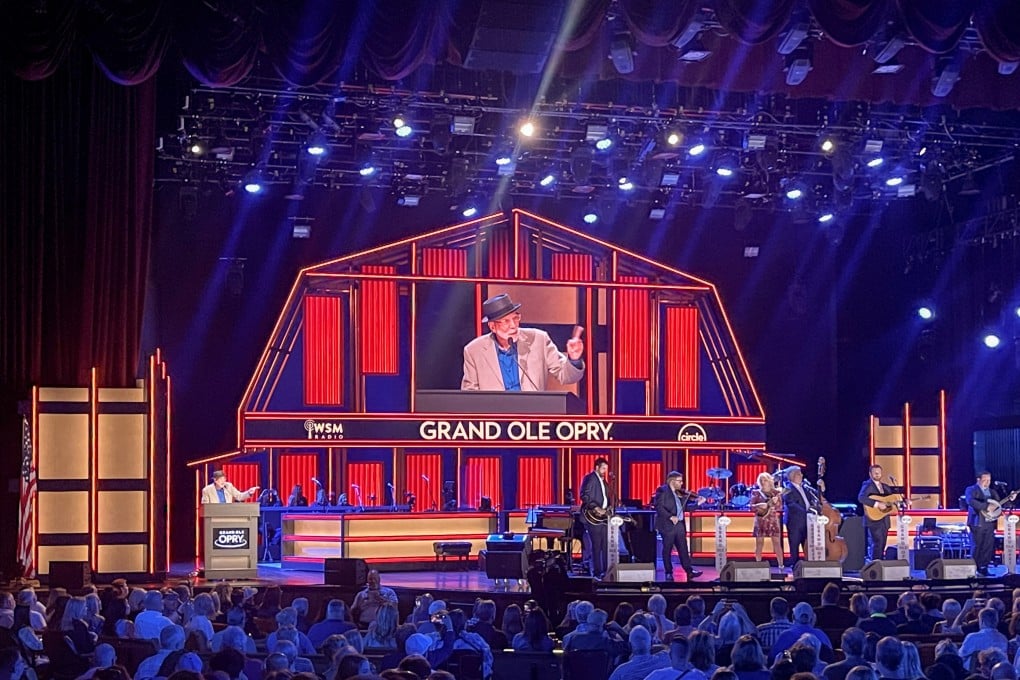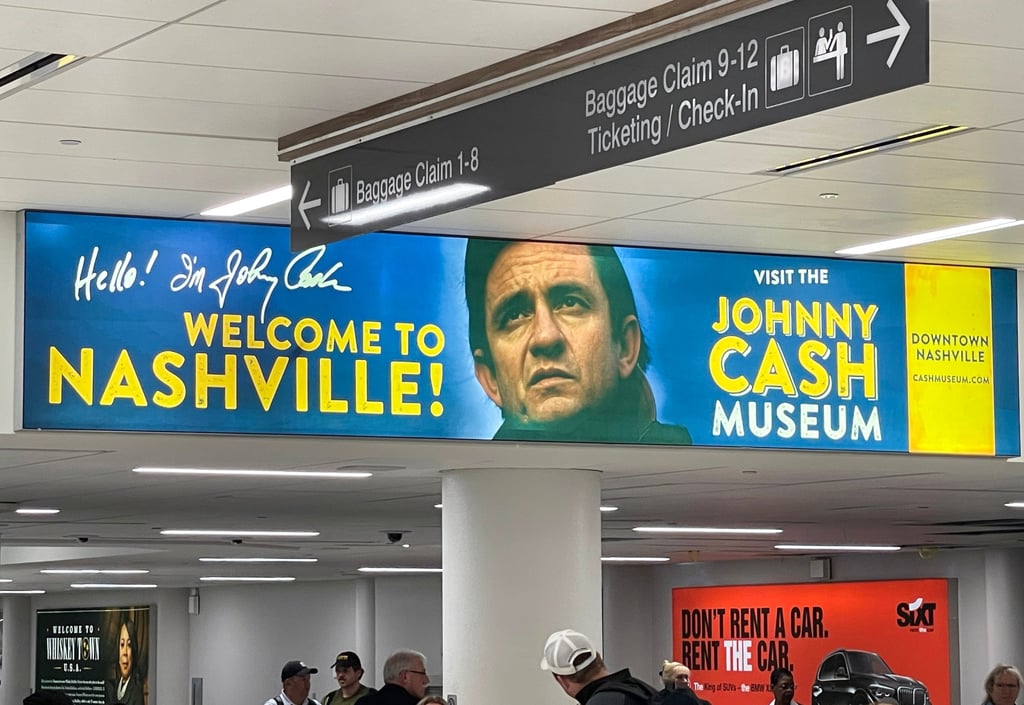Nashville, Tennessee: from Taylor Swift to Johnny Cash, stars, bars and guitars in Music City
- Nashville was dubbed America’s ‘music city’ by Queen Victoria, and it is steeped in musical history, from the Grand Ole Opry to the Johnny Cash Museum

Just beyond the air bridge at Nashville International Airport, the terminal walkways are decked out in concert posters and other proud reminders that the capital of the American state of Tennessee is also known as Music City.
From Pearl Jam to Harry Connick Jnr, a beaming Dolly Parton to a moody 1970s-era Johnny Cash, the line-up of greats who have played here whets the appetite of music-loving visitors.
A baggage reclaim that is almost Asian in its efficiency makes the arrival process effortless, but while you wait, briefly, for your luggage, you can browse display cases full of sexy guitars by legendary makers including Gibson and Martin & Co.
Nashville’s population of 700,000 is rising by nearly 100 every day, making it one of the United States’ fastest-growing cities. A surprising variety of seasons and weather, a walkable downtown and an exciting food scene all contribute to its appeal.

For many, however, music is the big draw. It certainly feels as though every Uber driver I encounter is in the process of recording an album.
You’d be forgiven for assuming that the Music City moniker stems from Nashville being the home of country music, but the truth stretches back much farther – and to an unlikely source.